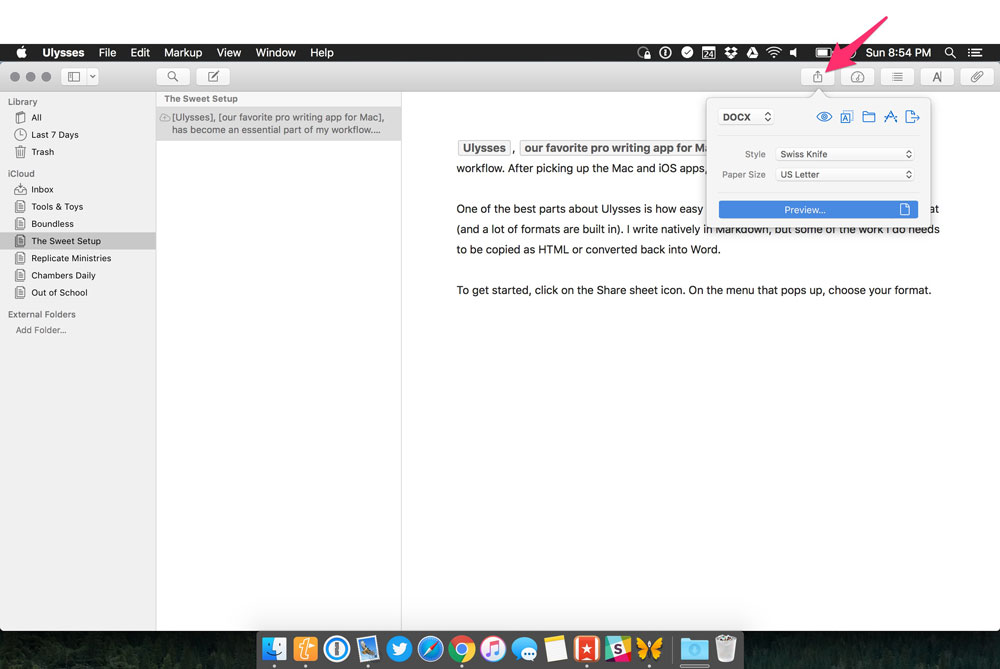Mac Library Assets
Mar 18, 2020 Your Photos library holds all your photos, albums, slideshows, and print projects. If your library is large, and you want to free up storage space on your Mac, turn on iCloud Photo Library and use Optimize Mac Storage, or move your library to an external drive. Before you start, be sure to. Mar 18, 2020 If you're sure that you've exported all of the photos and videos that you want to keep from the source library, you can delete it to save disk space on your Mac. First, open the Finder and find the source library that you want to delete. By default, photo libraries are stored in your Pictures folder.  No Export Full Library Option in Mac Photos. Now, you can export all of your photos: But that only exports the actual photo files, not your full library that can be opened with Photos as a. You can export photos in the original file format in which they were imported into your Photos library. A Live Photo is exported as two separate files: a still image file and a video file. In the Photos app on your Mac, select the photos you want to export. Choose File Export Export Unmodified Original.
No Export Full Library Option in Mac Photos. Now, you can export all of your photos: But that only exports the actual photo files, not your full library that can be opened with Photos as a. You can export photos in the original file format in which they were imported into your Photos library. A Live Photo is exported as two separate files: a still image file and a video file. In the Photos app on your Mac, select the photos you want to export. Choose File Export Export Unmodified Original.
A wide variety of assets is available, covering everything from textures, models and animations to whole project examples, tutorials and Editor extensions. The assets are accessed from a simple interface built into the Unity Editor and are downloaded and imported directly into your project. For Mac computers, go to the Apple menu and select Software Update. For Windows computers, go to the Start menu and select Windows Update. Disk Drive Format Your My Passport for Mac drive is formatted as a single HSF+J partition for compatibility with Mac OS X operating systems. If you want to use the drive with a. This page says that the library assets are saved locally and synced with the cloud (down under FAQ). I cannot find where the library assets are stored locally though. I can find my Creative Cloud Files folder but library assets that I add and can see on the Libraries web page simply don't show in m.
XD makes it easy for you and your teams to use assets that are shared using Creative Cloud Libraries. You can add colors, character styles, and components from XD to Creative Cloud Libraries and readily use them within other apps such as, Photoshop and Illustrator. Similarly, you can bring colors, character styles, and graphics from these apps into XD using Creative Cloud Libraries.
Music library apps for mac. To use Creative Cloud Libraries, make sure that you are signed in with the same Adobe ID for all the CC apps.
Mac Library Assets Search
You can add colors, character styles, components, and graphics from XD to Creative Cloud Libraries. Follow the steps below to add these assets to CC Libraries:
1. In the Design or Prototype mode, open the CC Libraries window using one of the following options:
- Open the Assets panel and click the CC Libraries icon .
- On macOS, select File > Open CC Libraries. On Windows, click the hamburger menu, and select Open CC Libraries.
2. In the CC Libraries window, click More Options () and select Create New Library. If you want to access an existing library, select the library from the Libraries drop-down list.

3. To add assets from XD to your Creative Cloud Libraries:
- Select the element on your artboard that has the color, the character style or the component.
- Click the + icon in the CC Libraries window, and click the asset type you want to add. The selected asset type is added and is displayed as a thumbnail image in CC Libraries.
Your Creative Cloud Libraries assets are automatically synced to the cloud and will be available for use in other Adobe apps. For example, in Photoshop, you can go to Creative Cloud Libraries and access your XD assets.
To share your library with other users, click More Options () > Collaborate in the CC Libraries window. For more information on sharing libraries with others, see Collaborate on Creative Cloud Libraries and folders.
After you add your assets into the Creative Cloud Libraries, you can create groups to further organize and keep the related assets together. For example, you can group related components together such as buttons, toggles and modals that will make it easier to discover assets. You can also create groups for a mix of asset types to match your branding requirements. It is a good practice to use groups to more efficiently organize your creative assets.
You can access colors, gradients, character styles, graphics, and components from Creative Cloud libraries in your XD project.
1. To apply a color or a color stroke (border) from a CC Library, select an element on your artboard, and do one of the following:
- Click the thumbnail of the library color that you want to apply from the CC Libraries window.
- Right-click and select Apply Fill Color. Select Apply Stroke Color for a color stroke.
2. To apply a character style, select the text element on your artboard, and do one of the following:
- Click the character style in your CC Library.
- Right-click and select Apply Character Style.
Note that you cannot edit colors or character Styles directly in Creative Cloud Libraries from XD.
You can bring graphics from Creative Cloud Libraries into your XD project by dragging them onto your artboard. You can edit both raster graphics (images) and vector graphics. The image is, by default, added to the artboard as a linked image. This means that any modification made to the asset affects all its linked copies.
You can resize this image and edit its properties in the Property Inspector without affecting the original image. To make further edits without affecting the original image, you need to unlink it.
To bring graphics from Creative Cloud Libraries as unlinked assets, press Alt (on Windows) or Option (on Mac) while dragging it from CC Libraries.
To change a graphic from a linked to an unlinked asset, click the green link icon at the upper left corner of the asset. You can also right-click the image and select Unlink Graphic from the Property Inspector.
Mac Library Assets Management
- To edit a graphic in Creative Cloud Libraries, right-click the graphic in your Creative Cloud Libraries and select Edit. Raster graphics open in Photoshop, and vector graphics open in Illustrator.
- Make the changes to your graphics and save them. The graphic is updated in the Creative Cloud Library, and the thumbnail in the Creative Cloud Libraries panel in XD is automatically refreshed. The image on the artboard is also refreshed with your changes.
Note that you cannot edit graphics or components that are added from XD to Creative Cloud Libraries.
Mac Library Software
You can bring components from Creative Cloud Libraries into your XD project by dragging them to your artboards. A new master component is added to the artboard every time you drag a component from CC Libraries to XD and will be displayed in the Assets panel.
1. Open the Creative Cloud Libraries window from the Assets panel (click icon).
2. Select the component that you want to use from the CC Libraries and drag it to an artboard. A new master component is added to the artboard and is displayed in the Assets panel. Note that the component instances are currently not linked to the source component, so any changes you make to the component in XD will not affect the source component in the Creative Cloud Libraries.
Limitations
Mac Library Assets Search
A component can have multiple states. However, when you add a component to a CC Library, only the active state of that component is added.
- The component instances are not linked to the component in your Creative Cloud Library. So the changes you make to the master component in your XD document will not affect the component stored in your Creative Cloud Libraries.
More like this
Twitter™ and Facebook posts are not covered under the terms of Creative Commons.
Legal Notices Online Privacy Policy